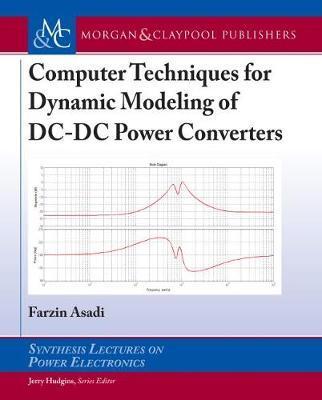Computer Techniques for Dynamic Modeling of DC-DC Power Conv

Computer Techniques for Dynamic Modeling of DC-DC Power Conv
The book is composed of two chapters. Chapter 1 focuses on the extraction of control-to-output transfer function. A second-order converter (a buck converter) and a fourth-order converter (a Zeta converter) are studied as illustrative examples in this chapter. Both ready-to-use software packages, such as PLECS (R) and MATLAB (R) programming, are used throught this chapter.
The input/output characteristics of DC-DC converters are the object of considerations in Chapter 2. Calculation of input/output impedance is done with the aid of MATLAB (R) programming in this chapter. The buck, buck-boost, and boost converter are the most popular types of DC-DC converters and used as illustrative examples in this chapter.
This book can be a good reference for researchers involved in DC-DC converters dynamics and control.
448.29Lei
448.29Lei
Livrare in 2-4 saptamani
Descrierea produsului
The book is composed of two chapters. Chapter 1 focuses on the extraction of control-to-output transfer function. A second-order converter (a buck converter) and a fourth-order converter (a Zeta converter) are studied as illustrative examples in this chapter. Both ready-to-use software packages, such as PLECS (R) and MATLAB (R) programming, are used throught this chapter.
The input/output characteristics of DC-DC converters are the object of considerations in Chapter 2. Calculation of input/output impedance is done with the aid of MATLAB (R) programming in this chapter. The buck, buck-boost, and boost converter are the most popular types of DC-DC converters and used as illustrative examples in this chapter.
This book can be a good reference for researchers involved in DC-DC converters dynamics and control.
Detaliile produsului










